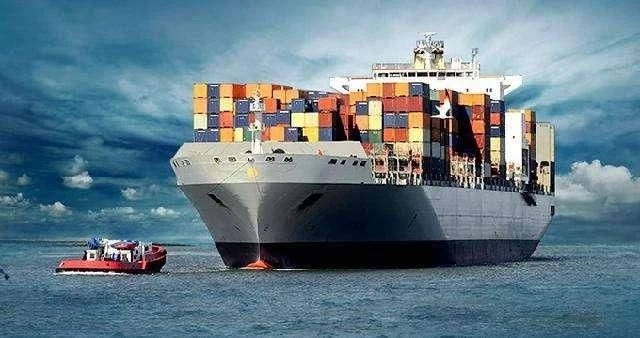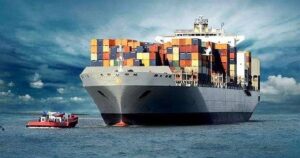

Ocean Freight is calculated according to the shipping company’s schedule. At present, each shipping company formulated and announced the tariff table, its format and content is not exactly the same, but its basic content is basically the same.
First of all, the shipping company’s tariff schedule is generally divided into several grades according to the different types and nature of goods, as well as the degree of ease of loading and storage. Within the same route, the basic rates charged by shipping companies are different because of the different grades of goods. Accordingly, the grade of commodity and the discretion of rate have very big concern.
Second, the calculation of freight is different, heavy cargo usually tons of collecting the freight by weight, for example, bulky cargo according to the size of collecting, some high-value goods pay a certain percentage of the FOB value of collecting, some commodity calculated by method of hybrid, such as first tons by weight or measurement ton collecting, and then add some AD valorem freight, shown in tariff mainly has the following kinds:
1) Marine freight is calculated and charged according to the Weight of the cargo, denoted by W, W is the Weight, which refers to the actual gross Weight of the cargo.
2) Sea freight shall be calculated and collected according to the volume of the goods, expressed by M, M is Measurement, indicating the size or volume. Actually, freight charges are calculated according to the volume and weight of the goods. Volume is converted to weight by a certain coefficient.
3) The ocean freight will be calculated and charged according to the higher of the Weight or volume of the cargo, expressed by “W/M”, where W is Weight and M is Measurement, indicating that W or M are compared, and the ocean freight will be charged according to the higher. How to convert volume and weight before? First convert the volume into volume Weight — namely, according to a certain conversion coefficient or calculation formula, the Weight calculated through the volume of goods, the volume Weight calculated and the actual Weight (Weight) comparison, according to the larger charge.
4) Based on a certain percentage of the FOB value of the goods, using Ad Val or A.V. Ad Valor A.V. stands for Ad Valorem(Ad Valorem).
5) Sea freight shall be calculated and collected according to the higher of the Weight or volume or value of the goods, expressed by “W/M or Ad Val”, W is Weight, M is Measurement, and Ad Val is value of the goods.
There are also some goods that are calculated by unit or per head, such as vehicles and live livestock. For bulk commodities, such as grain, ore, coal, etc., the shipping company may negotiate the freight rate separately with the shippers in order to secure the supply of goods due to the large volume of freight, low price and easy loading and unloading.
According to the calculation of freight tariff, is a complex work, not only need to be familiar with the basic content of tariff, need careful work, when calculating the freight, except in accordance with the route and the hierarchy of goods, according to the first basic Rate (the Basis Rate) to calculate the basic freight, then find out all kinds of additional cost of project, and it will need to be spending the surcharge.
These additional charge items are more, for example, because of different commodities, different ports, or other reasons, there may be a surcharge, but also to keep track of its changes.
There are generally the following types of shipping surcharges:
1) Surcharge due to the different characteristics of the goods, such as overweight surcharge, extra long surcharge, stowage fee, cleaning fee, etc.
2) Additional charges for different ports, such as port congestion surcharge, port choice fee, direct flight surcharge, detour surcharge, etc.
3) Surcharges temporarily added for other reasons, such as fuel surcharge, currency depreciation surcharge, comprehensive rate increase surcharge, temporary risk surcharge, peak season surcharge, freezing surcharge, etc.
In fact, there are many kinds of shipping surcharges, far more than the above. It is worth noting that some surcharges, such as the port congestion surcharge, account for a large proportion of freight rates, ranging from as little as 10 per cent to as much as 100 per cent, or even more than twice as much, compared to the basic rate. Therefore, in the calculation of freight, must pay attention to the calculation of additional charges, so as not to cause unnecessary losses.



